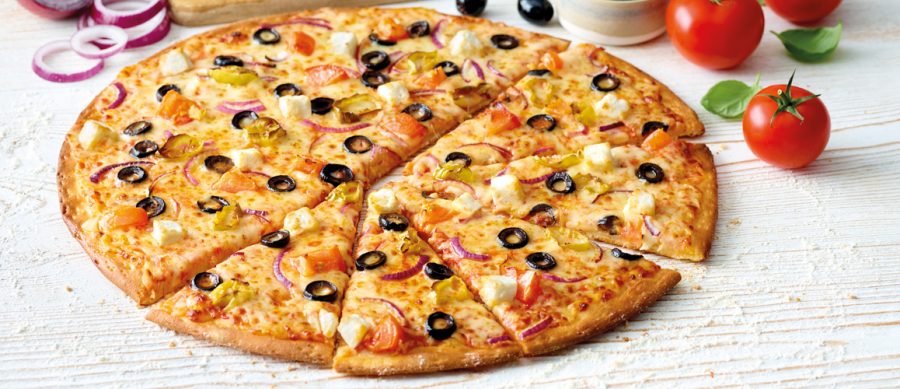If you are thinking of exploring all types of crusts, their global variations, and then their US regional variations, this article would probably take a lifetime to be finished. Rather, we’d explore a specific section of crusts and pizza styles that showcase the spectrum of taste, texture, and pizza integrity to explore the differences. Read on to know more.
Thin Crusts
- New Haven Style
This is the most exceptional entries on the list. This pizza is also referred to as apizza. This pizza is irregularly shaped. It is neither a perfect sphere nor rectangle which renders the dough to be extremely thin and carefully spread out before it bakes in an excruciating hot coal fired oven. The crust is the thinnest and crunchiest, but not brittle at all. The lightning fast cook time at high temperature guarantees a relishing char where the dough is not over dried. If you want to have this pizza style delivered at your home, Google pizza delivery near me and choose from your favorite outlet.
- Louis Style
This style uses an exceptional cheese blend referred to as provel blend that entails white cheddar, Swiss, and provolone cheese. Other noticeable thing is the crust which is unleavened. This renders the crust crunchiest and not pliable and the texture is also similar to a cracker. This is because this pizza style is usually cut in tavern style, meaning rectangles.
- Neapolitan
This pizza style has rendered the pizza famous on a global scale. This pizza style was renamed as pizza margherita. This was famous for its floppiness and black bubbles that can be found by design across the external layer of crust. The dough is remarkable and is made of yeast, water, flour, and salt. This pizza is baked at more than 800 degrees in a bona fide wood fire oven for 90 seconds. This simple dough needs careful attention and tactic to get it baked right.
- New York crusts
This is deemed the crème de la crème of all the pizza styles. When it comes to a typical New York slice, it is considered as a huge size and a delicious flop factor that lets the pizza fold. This crust is thicker than the Neapolitan and baked for a longer time period. Apart from the standard pizza dough components, this dough also uses oil and sugar. It helps in creating browning where the pizza is baked at a lower temperature.


